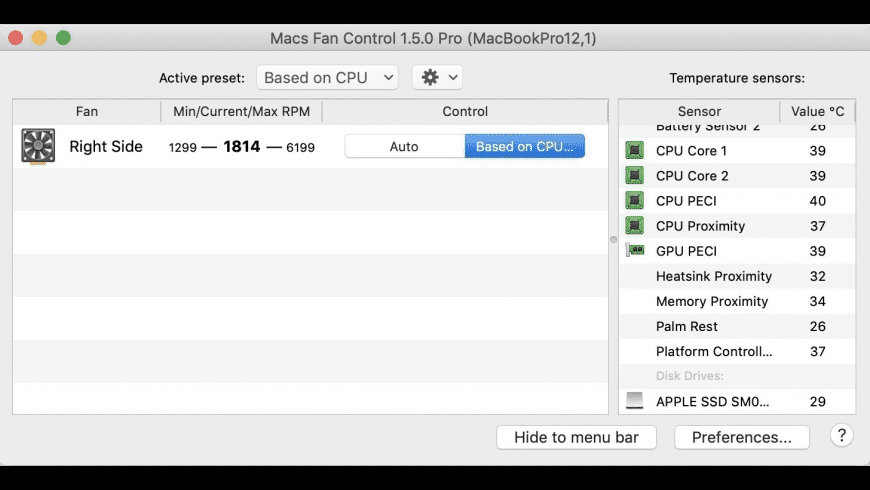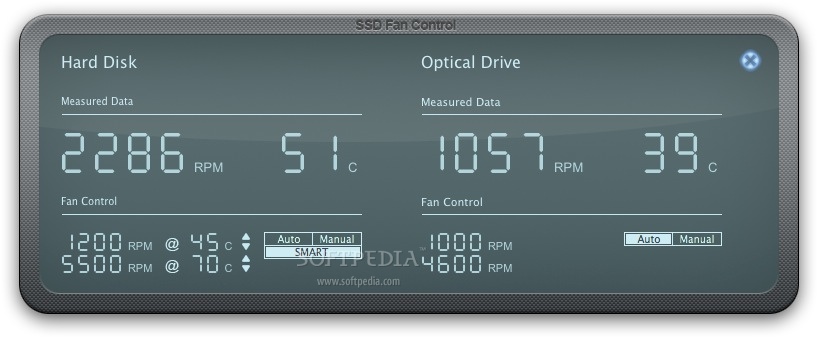
It’s not impossible, however: check out iFixIt‘s guides if you want to attempt the repair yourself. I managed to replace my own broken fan on a 2011 MacBook Pro, but the internals inside more recent Macs are a great deal less friendly for home repair. My advice: head to the Apple Store or any authorized Apple repair shop. If you have a broken fan, you need to replace it. Your Mac will test your hardware, and let you know if your fan is broken. Turn your computer off, then hold the “D” key while turning it on. Think your fan might be broken? The first thing you should do is launch Apple Diagnostics, one of the hidden startup options on your Mac. But for the occasional test, it’s nice to have control-just turn things back to automatic when you’re done. I really do not recommend disabling the automatic fan control: leaving your fans on constantly will wear them out and waste energy, and leaving them off will overheat your Mac over time. Turn the fan up and see if you can hear anything. To find out if your fans are working at all, you can click the “Custom” speed button.
#What is macs fan control full
The same goes if you see a low CPU temperature-say, around 45-and the fans are running at full speed. If you see high CPU temperatures-say, over 80 or 90 degrees-and that the fans aren’t running, you might have an issue. The minimum, current, and maximum speed are shown in that order. The CPU will pretty much always be the warmest thing on your Mac, and the most important temperature to check-but it can be interesting to check the other sensors.įor the most part, however, we’re interested in your fan’s current speed. You’ll see a list of fans in the large left panel, and all of your temperature sensors on the right.
#What is macs fan control Pc
To get started, head to the Macs Fan Control download page and grab the Mac version (There’s a Windows version, but is only intended for Macs running Windows with Boot Camp-other PC fans aren’t supported.) The download comes in a ZIP archive, which you can unarchive simply by opening it.ĭrag the application icon to your Applications folder, then fire it up. This free program lets you see the temperature of all your Mac’s components, and the speed of your fans in RPM (rotations per minute.) You can even adjust the fans manually, though it’s probably not a good idea to do this very often. Either way, you should probably look into that.įor that, we recommend an app called Macs Fan Control. Maybe you’ve stopped hearing your fan altogether, even when you Mac feels hot.

Maybe you hear the fan too often, and it’s driving you nuts.


Your Mac’s fans probably aren’t something you think about very often-until something goes wrong.


 0 kommentar(er)
0 kommentar(er)
